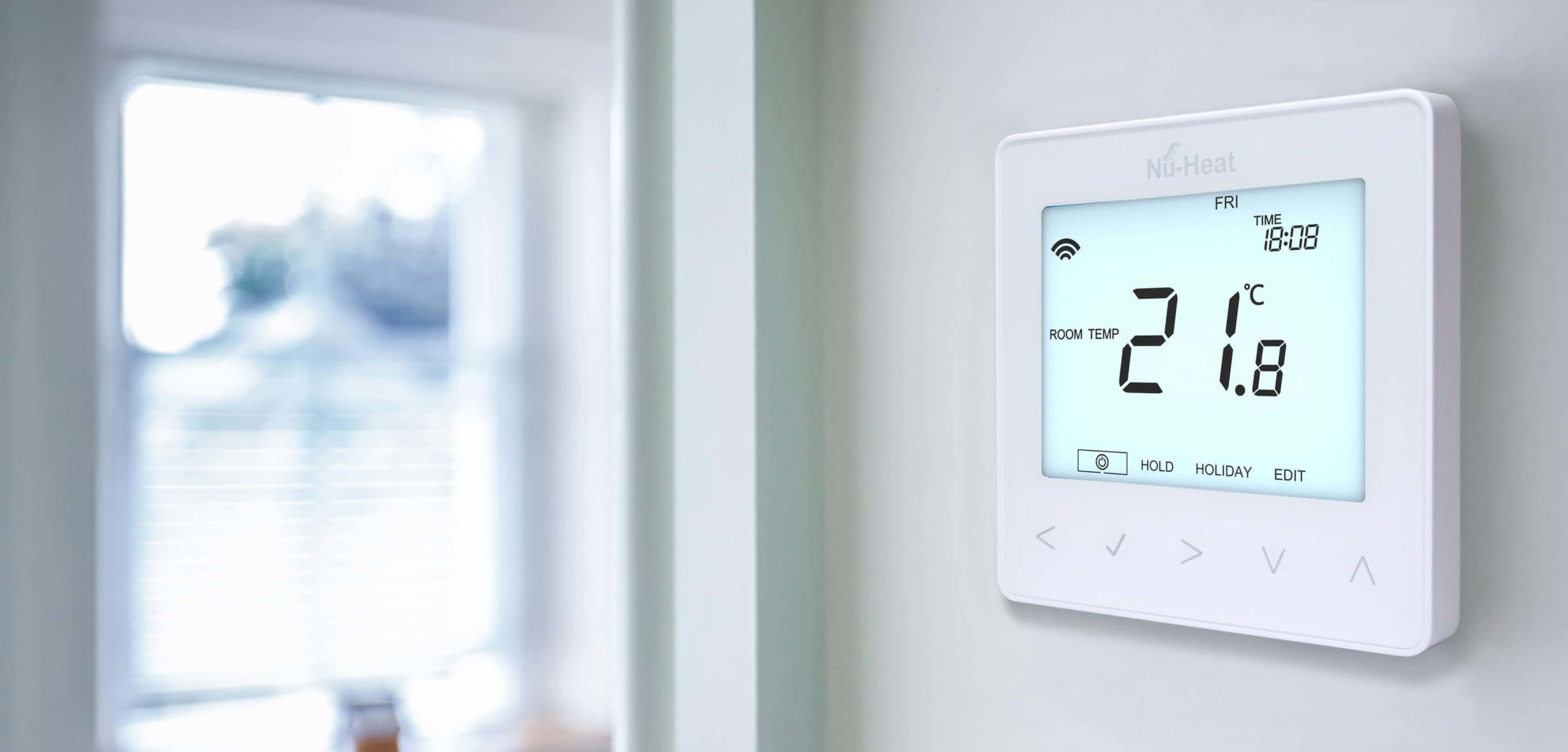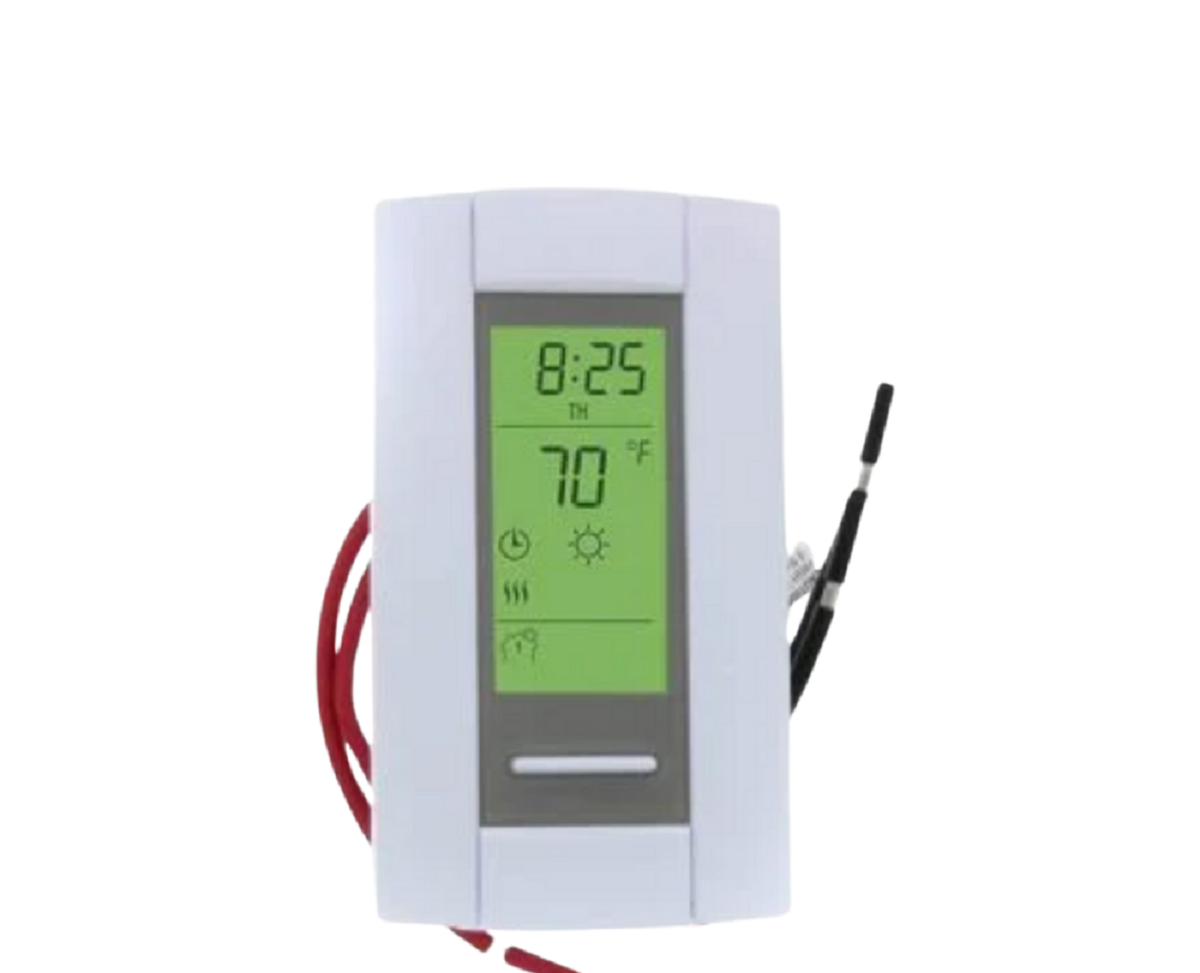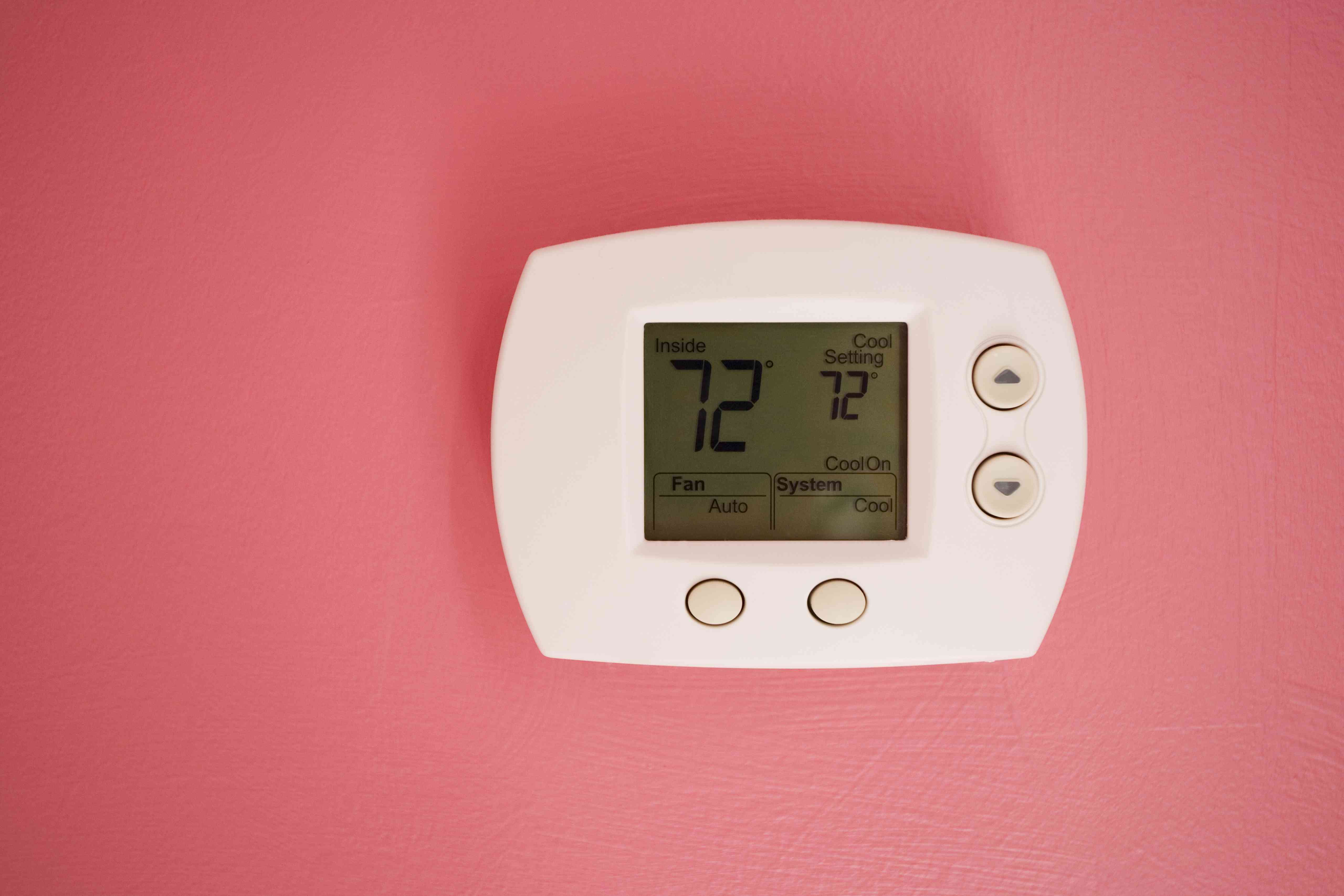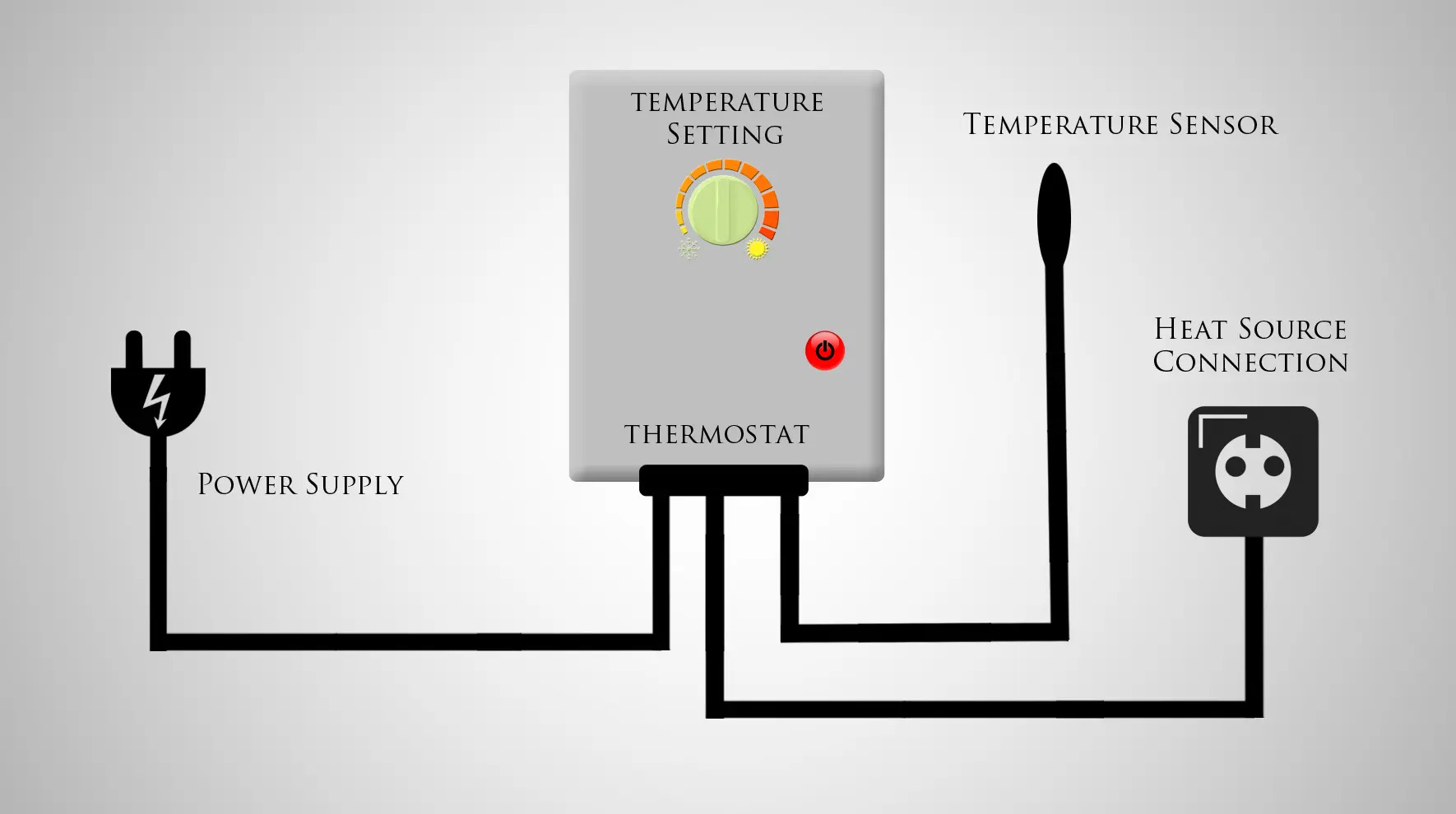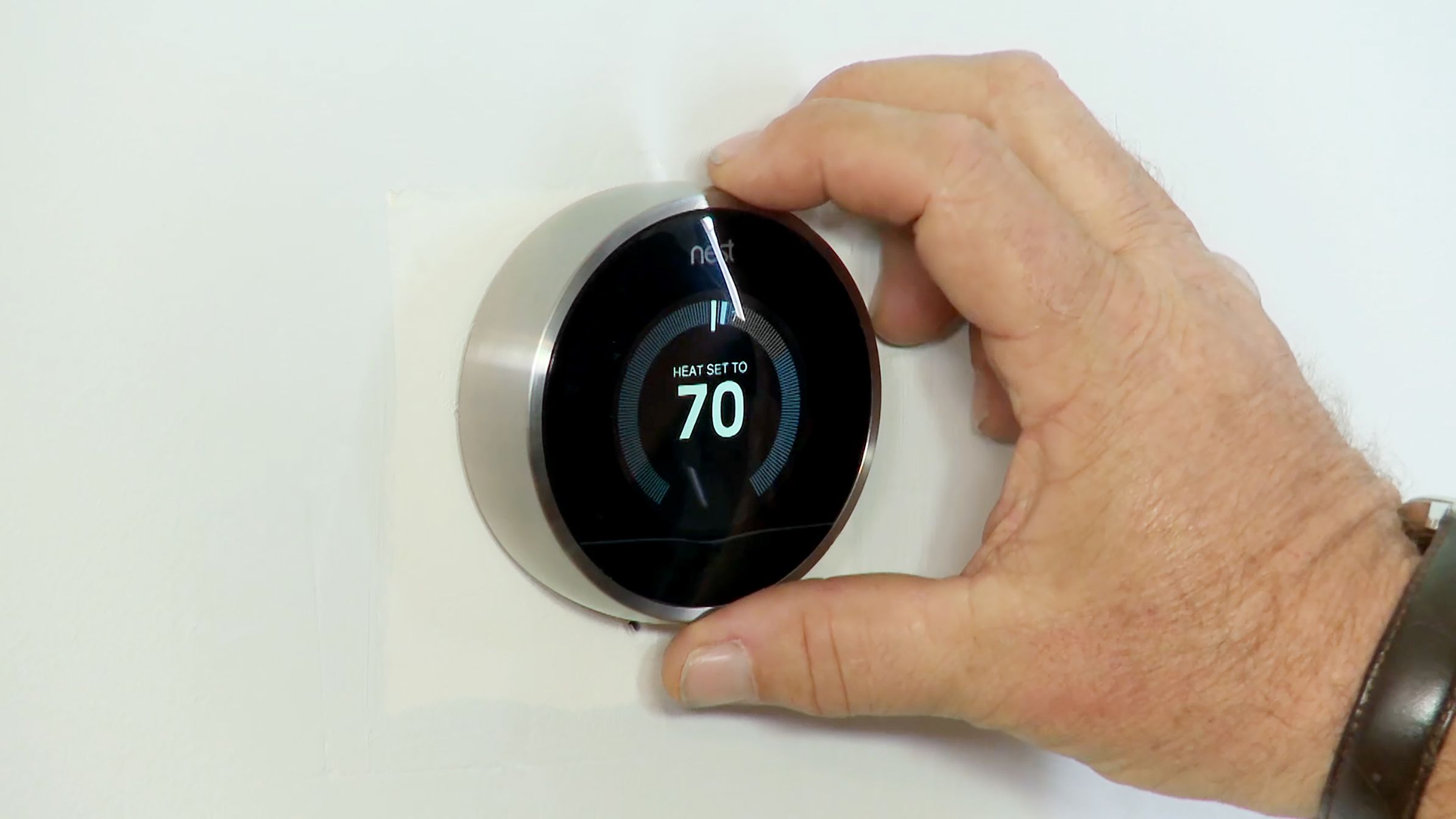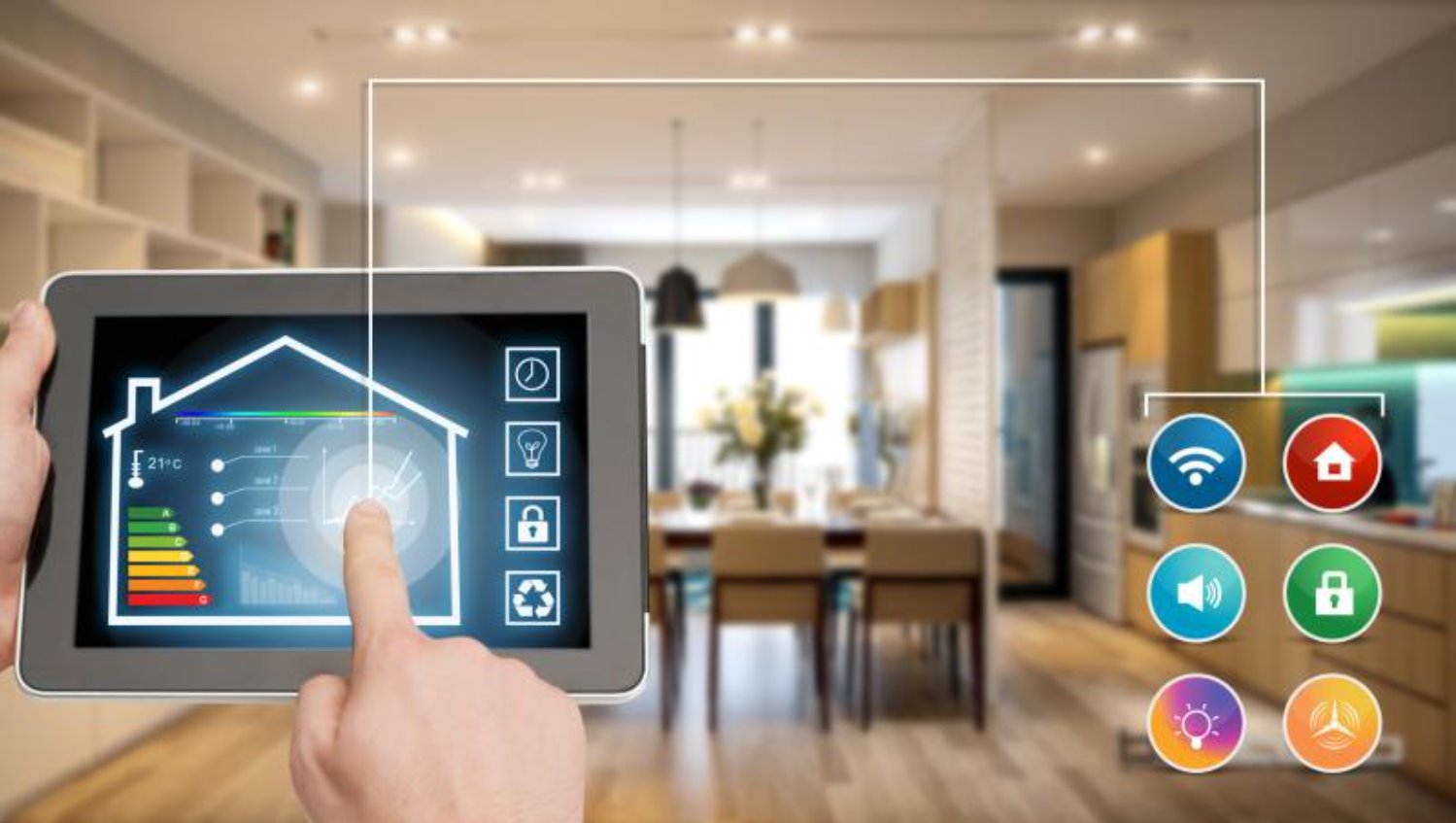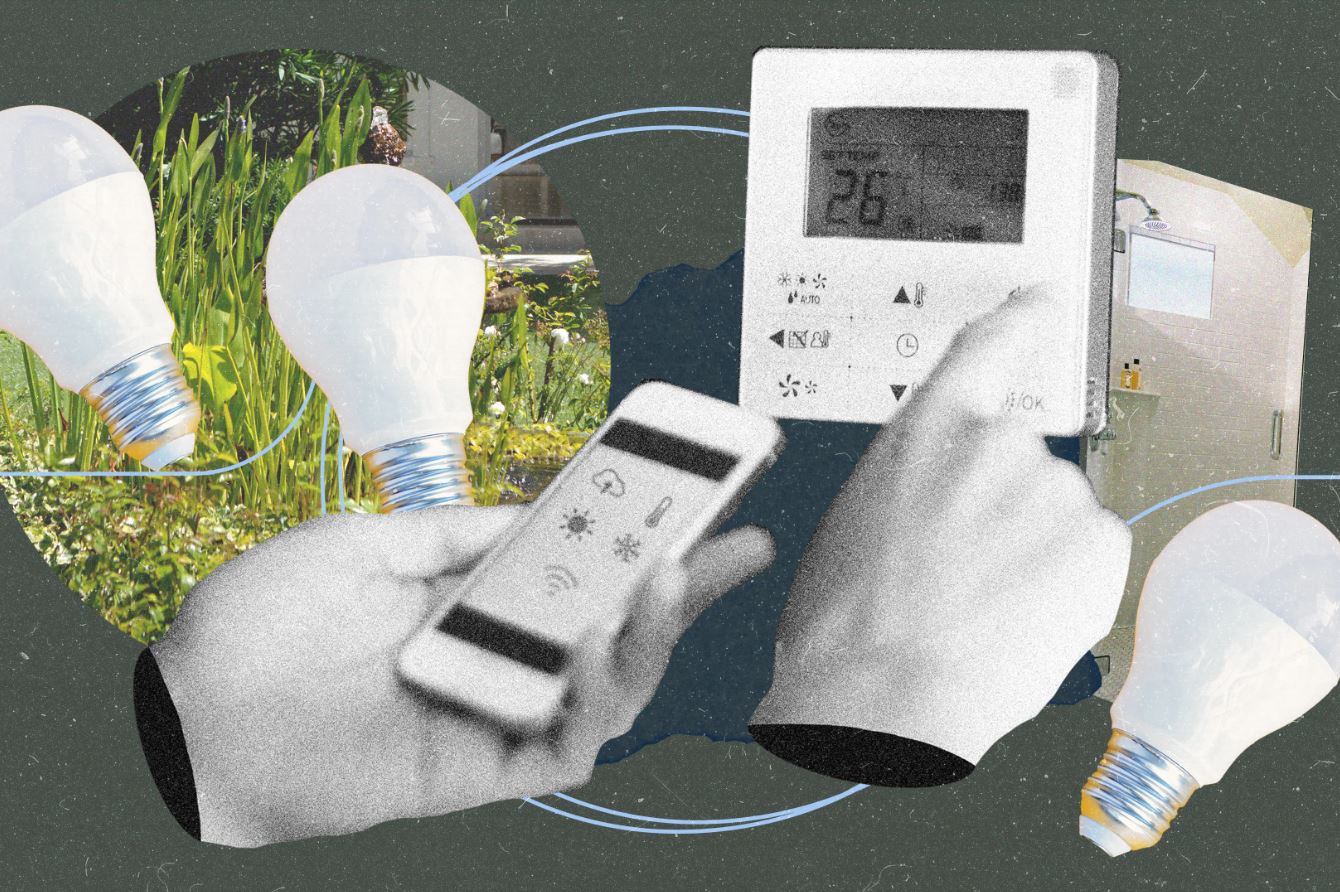Introduction
Welcome to the world of residential thermostats! These small devices play a crucial role in controlling the temperature of our homes, ensuring comfort and energy efficiency. If you’ve ever wondered about the voltage that powers these thermostats, you’ve come to the right place.
In this article, we will explore the voltage requirements of residential thermostats, providing you with an understanding of the different types and voltages commonly used in these devices.
Understanding the voltage specifications of thermostats is essential for homeowners, HVAC professionals, and anyone looking to install or replace a thermostat. By having a clear understanding of the voltage requirements, you can confidently select the right thermostat for your home and ensure compatibility with your existing HVAC system.
Whether you’re a DIY enthusiast, a homeowner in need of guidance, or an HVAC professional, this article will break down the basics of residential thermostat voltage to help you make informed decisions.
So, let’s dive into the world of volts and thermostats, beginning with a closer look at how voltage plays a role in these devices.
Understanding Voltage in Thermostats
Voltage is a crucial factor when it comes to understanding how thermostats operate. In simple terms, voltage represents the electrical potential difference that allows current to flow from one point to another in an electrical circuit. In the context of thermostats, voltage refers to the amount of electrical energy supplied to the thermostat to power its operations.
Residential thermostats typically operate on either low voltage or line voltage. Understanding the difference between these two types is essential to grasp the voltage requirements of different thermostat models.
Low-voltage thermostats are the most common type found in residential settings. They typically operate on a voltage range of 24 volts (V) or below. This requires a transformer to step down the standard household line voltage (usually 120V or 240V) to the lower voltage suitable for the thermostat. Low-voltage thermostats are powered by a dedicated transformer, which is usually mounted near the HVAC system or within the control panel.
On the other hand, line-voltage thermostats do not require a transformer as they operate directly on the standard household line voltage. These thermostats are typically used in older homes where the HVAC system was designed for line-voltage control. They operate on voltages ranging from 120V to 240V, depending on the specific electrical system setup.
Understanding the voltage requirements of your thermostat is crucial for compatibility. Attempting to connect a low-voltage thermostat to a line-voltage system, or vice versa, can cause severe damage to the thermostat and potentially compromise the safety of the electrical system.
Next, let’s explore the different types of residential thermostats and their associated voltage requirements in more detail.
Types of Residential Thermostats
Residential thermostats come in various types, each designed to meet different needs and operating on specific voltage requirements. Here are the most common types of thermostats:
- Programmable Thermostats: Programmable thermostats allow users to set temperature schedules for different times of the day, providing energy savings and convenience. These thermostats can be either low-voltage or line-voltage, depending on the model.
- Smart Thermostats: Smart thermostats take programmability to the next level with advanced features like Wi-Fi connectivity and smartphone integration. These thermostats offer remote control, energy usage data, and intelligent learning capabilities. Smart thermostats generally operate on low voltage but require a Wi-Fi connection for full functionality.
- Mechanical Thermostats: Mechanical thermostats are the simplest and most affordable option. They use a basic bimetallic strip or mercury switch to control temperature. In residential settings, mechanical thermostats are typically line-voltage and commonly found in older homes with legacy heating systems.
- Digital Thermostats: Digital thermostats feature an electronic display for temperature setting and control. They are available in both low-voltage and line-voltage models, offering more precise temperature control than mechanical thermostats.
- Wireless Thermostats: Wireless thermostats offer increased convenience by allowing users to control and monitor temperature settings wirelessly. They can be low-voltage or line-voltage, depending on the specific model and system compatibility.
It’s important to note that while most residential thermostats fall into these categories, there may be variations and hybrid models available in the market. Always refer to the manufacturer’s documentation or consult with an HVAC professional to ensure compatibility and proper installation.
Now that we understand the different types of thermostats let’s explore the voltage requirements for each type in more detail.
Voltage Requirements for Common Thermostats
Understanding the voltage requirements for different types of thermostats is crucial to ensure proper installation and compatibility with your HVAC system. Let’s explore the voltage requirements for some of the most common residential thermostats:
- Programmable Thermostats: Most programmable thermostats, whether they are digital or smart thermostats, operate on low voltage, typically around 24V. These thermostats are powered by a dedicated transformer, which steps down the standard household line voltage to the lower voltage required by the thermostat.
- Mechanical Thermostats: Mechanical thermostats, often found in older homes, are typically line-voltage thermostats. They operate on the standard household line voltage, which can range from 120V to 240V, depending on the specific electrical system setup.
- Digital Thermostats: Digital thermostats can operate on either low voltage or line voltage, depending on the model and compatibility with the HVAC system. It is essential to check the specifications provided by the manufacturer to determine the specific voltage requirements for your digital thermostat.
- Smart Thermostats: Smart thermostats usually operate on low voltage, similar to programmable thermostats. However, they require an additional Wi-Fi connection for full functionality. It’s important to ensure that your smart thermostat is compatible with your home’s Wi-Fi network.
- Wireless Thermostats: Wireless thermostats may operate on either low voltage or line voltage, depending on the model. The wireless functionality allows for remote control and monitoring of temperature settings without the need for physical wiring between the thermostat and HVAC system.
It’s crucial to refer to the manufacturer’s documentation and instructions when determining the voltage requirements for your specific thermostat model. This information will help you choose the appropriate thermostat for your home and ensure compatibility with your HVAC system’s wiring and power supply.
While these voltage requirements are generally standard for most thermostats, it’s important to note that there may be exceptions and variations depending on the specific thermostat model and system compatibility. When in doubt, consult with an HVAC professional to get expert advice tailored to your specific needs.
Now that we have covered the typical voltage requirements for common residential thermostats, let’s explore the specific voltage characteristics of low-voltage and line-voltage thermostats in more detail.
Low-Voltage Thermostats
Low-voltage thermostats are the most common type of thermostats found in residential settings. They operate using a dedicated transformer that steps down the standard household line voltage (usually 120V or 240V) to a lower voltage, typically around 24 volts (V) or below. This lower voltage is safe to use and powers the thermostat’s operations.
Low-voltage thermostats offer several benefits, including energy efficiency, precise temperature control, and compatibility with a wide range of HVAC systems. Here are some key points to understand about low-voltage thermostats:
- Voltage Range: Low-voltage thermostats typically operate within a voltage range of 24V or below. Voltages commonly used in low-voltage systems include 24V, 12V, or even 10V, depending on the specific HVAC system and thermostat model.
- Transformer: A low-voltage thermostat requires a dedicated transformer to step down the line voltage to the lower voltage required by the thermostat. The transformer is usually located near the HVAC system or within the control panel.
- Wiring: Low-voltage thermostats use low-voltage wiring that is thinner and easier to handle than line-voltage wiring. This wiring connects the thermostat to the HVAC system and carries the low-voltage signal to control the heating or cooling system.
- Compatibility: Low-voltage thermostats are compatible with a wide range of HVAC systems, including central heating and cooling systems, heat pumps, and multi-zone systems. They offer flexibility and can be easily replaced or upgraded without major rewiring.
- Functionality: Low-voltage thermostats provide various features and capabilities, from basic temperature control to programmable options and smart features. These thermostats can be as simple as a mechanical dial or as advanced as a touchscreen digital display or a Wi-Fi-enabled device.
It’s important to note that low-voltage thermostats require a power source to operate. In most cases, this power comes from the HVAC system’s control panel, which is connected to the dedicated transformer. However, some thermostats may require batteries for backup power or specific models that rely solely on battery operation.
Overall, low-voltage thermostats offer versatility, energy efficiency, and compatibility with various HVAC systems. They provide homeowners with a reliable and precise control over their home’s temperature, helping to maintain comfort and save energy.
Now, let’s explore the other side of the spectrum and understand line-voltage thermostats in more detail.
Line-Voltage Thermostats
Line-voltage thermostats are commonly used in older homes or specific HVAC systems where the heating or cooling system operates on the standard household line voltage. Unlike low-voltage thermostats, line-voltage thermostats do not require a transformer to step down the voltage. Instead, they operate directly on the line voltage, which can range from 120 volts (V) to 240V, depending on the specific electrical system setup.
Here are some key points to understand about line-voltage thermostats:
- Voltage Range: Line-voltage thermostats operate on the standard household line voltage, which can range from 120V to 240V. The specific voltage requirement depends on the electrical system and HVAC setup in your home.
- Wiring: Line-voltage thermostats use thicker wiring compared to low-voltage thermostats due to the higher voltage involved. These thermostats typically use two or four-wire connections to control the heating or cooling system directly.
- Compatibility: Line-voltage thermostats are designed for specific heating systems that operate on line voltage, such as electric baseboard heaters, radiant heating systems, or fan-forced heaters. It’s important to ensure the thermostat is compatible with your specific heating system before installation.
- Functionality: Line-voltage thermostats offer basic temperature control without the programmable or smart features commonly found in low-voltage thermostats. These thermostats typically use simple mechanical switches or digital controls to set and maintain the desired temperature.
- Installation Considerations: Installing a line-voltage thermostat may require working with higher voltage wiring, so it’s crucial to follow safety precautions and, if necessary, consult with a qualified electrician for installation.
Line-voltage thermostats are often found in older homes with legacy heating systems that were designed to operate on line voltage. These systems tend to provide heat directly, without the need for a separate furnace or air conditioning unit.
It’s important to note that line-voltage thermostats are not interchangeable with low-voltage thermostats. Attempting to use a low-voltage thermostat with line-voltage systems can lead to damage and pose safety hazards.
While line-voltage thermostats may lack the advanced features and energy-saving capabilities of low-voltage thermostats, they provide reliable and straightforward temperature control for specific heating systems. If you have a line-voltage-based HVAC system in your home, it’s essential to select and install a line-voltage thermostat that is compatible with your specific heating system requirements.
Now that we’ve covered the basics of line-voltage thermostats, let’s explore some exceptions to the typical voltage requirements for residential thermostats.
Exceptions to Typical Voltage Requirements
While most residential thermostats operate on either low voltage or line voltage, there are a few exceptions and variations to be aware of. These exceptions may arise due to specific HVAC system configurations or unique thermostat models. Let’s explore some of the exceptions to the typical voltage requirements for residential thermostats:
- Millivolt Thermostats: Millivolt thermostats are commonly used in systems that do not rely on standard line voltage or low-voltage setups. These thermostats operate on millivolt (mV) systems, typically found in gas fireplaces, wall-mounted heaters, or certain hydronic heating systems. Millivolt thermostats generate a small electrical current, usually from a thermocouple, to power the thermostat.
- Battery-Powered Thermostats: Some thermostats, whether low-voltage or line-voltage, can operate solely on battery power. These battery-powered thermostats are convenient for installations where running electrical wiring is impractical or when a backup power source is desired. These thermostats can provide flexibility in terms of placement and can even be portable in some cases.
- Thermostat Adapters: In certain cases, homeowners may want to replace an existing line-voltage thermostat with a low-voltage thermostat or vice versa. In such situations, thermostat adapters may be used to bridge the voltage gap. These adapters convert the voltage coming from the HVAC system to match the voltage requirements of the new thermostat, allowing for easy replacement without rewiring the entire system.
It’s important to consult with an HVAC professional or refer to the manufacturer’s specifications when dealing with these exceptions to ensure proper installation and compatibility.
Additionally, keep in mind that technological advancements continue to shape the thermostat market. This means that new types of thermostats may emerge in the future, offering unique voltage requirements and features. Staying informed about the latest developments in thermostat technology can help you make informed decisions when it comes to selecting and installing the right thermostat for your home.
Now that we have explored the exceptions to typical voltage requirements let’s wrap up our discussion with a brief summary of what we’ve covered.
Conclusion
Understanding the voltage requirements of residential thermostats is essential for homeowners, HVAC professionals, and anyone involved in thermostat installation or replacement. By familiarizing yourself with the different types of thermostats and their associated voltage specifications, you can ensure compatibility, proper functioning, and energy efficiency in your home’s HVAC system.
We explored two main categories of thermostats based on voltage: low-voltage thermostats and line-voltage thermostats. Low-voltage thermostats, operating on voltages typically around 24V or below, are the most common type found in residential settings. These thermostats utilize a dedicated transformer to step down the line voltage and offer features like programmability and smart capabilities.
Line-voltage thermostats, on the other hand, operate directly on the standard household line voltage, typically ranging from 120V to 240V. They are commonly found in older homes or systems designed for line-voltage control, such as electric baseboard heaters.
Exceptions to the typical voltage requirements include millivolt thermostats, which operate on millivolt systems commonly found in gas fireplaces, and battery-powered thermostats that can function independently of AC power. Thermostat adapters can also be used to bridge the voltage gap between different types of thermostats.
When selecting a thermostat, always refer to the manufacturer’s documentation and instructions to ensure proper voltage compatibility. If you’re uncertain about the requirements or installation process, consulting with an HVAC professional can provide expert guidance tailored to your specific needs.
By understanding and considering the voltage requirements of residential thermostats, you can confidently choose the right thermostat for your home, achieving optimal comfort and energy efficiency.
So, next time you’re troubleshooting your thermostat or considering an upgrade, remember the importance of voltage and make an informed decision to keep your home’s temperature under control.







